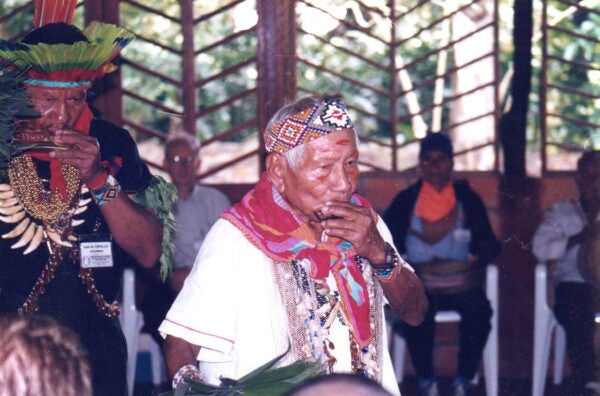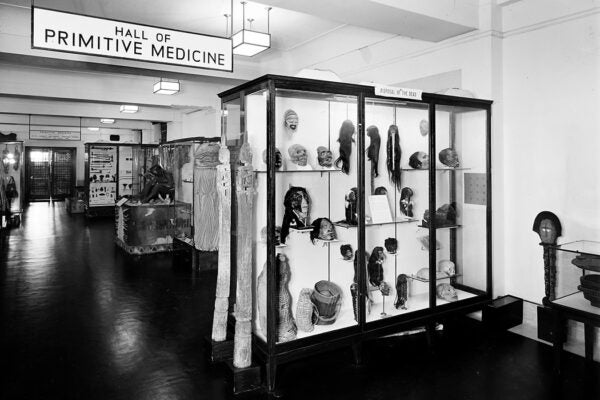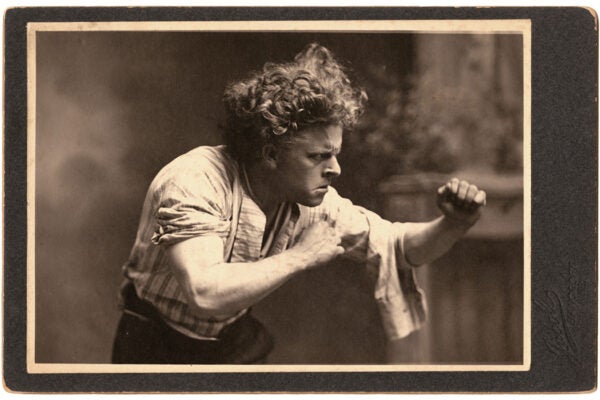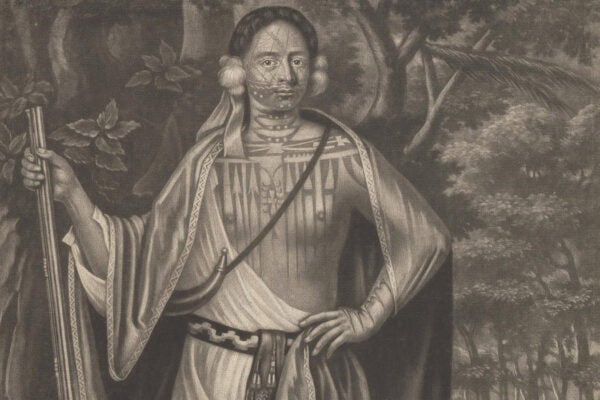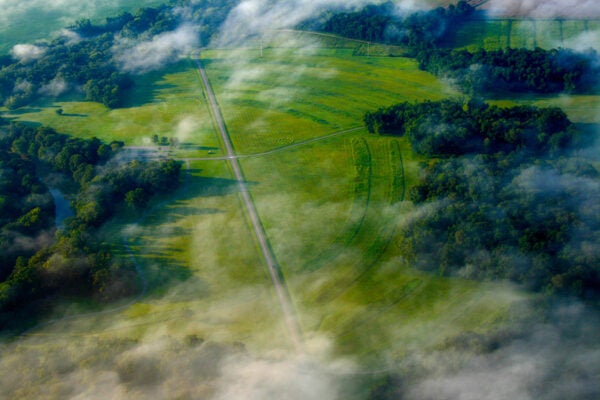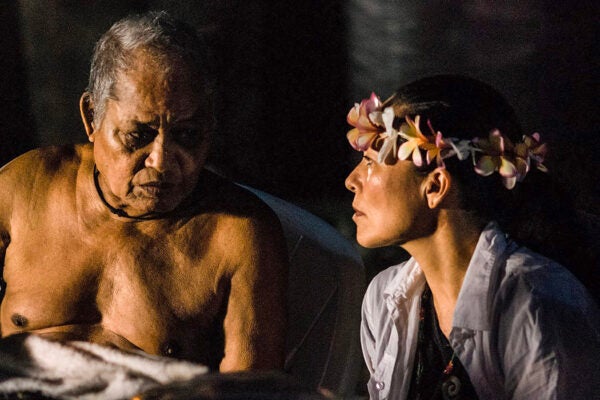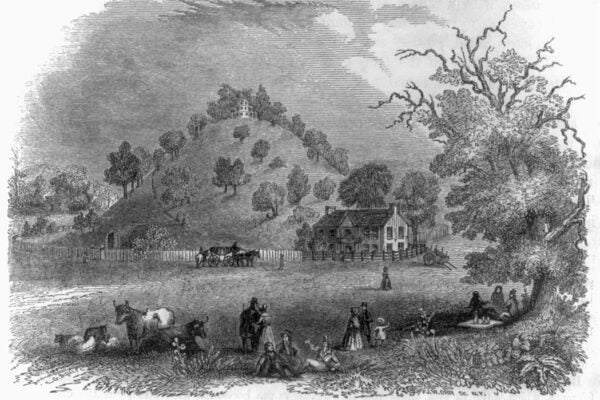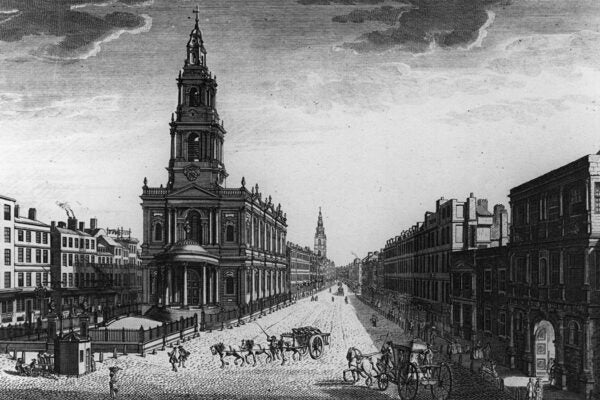The Diverse Shamanisms of South America
In Brazil, Indigenous people and city-dwellers of all backgrounds mix various shamanic practices, including rituals imported from North America and elsewhere.
Renewable Energy and Settler Colonialism
What can we learn from colonial legacies in pursuit of sustainable futures?
Human Remains and Museums: A Reading List
Questions over their value for research conflict with the ethics of possessing the dead, especially when presenting human remains in the setting of a museum.
A Tale of Two Visionaries
What roiled the mind of Nebraska poet John Neihardt with whom Black Elk, the iconic Lakota holy man, shared his story?
Subversive Student Writing at Carlisle Indian School
In the early twentieth century, some Anishinaabe students turned writing assignments meant to showcase assimilation into celebrations of resistance.
Indigenous Kings in Londontown
In 1710, Queen Anne of England feted four Native American dignitaries—would-be political allies. Their presence at a performance of Macbeth caused a stir.
The Riches of Poverty Point
Earthworks built around 3,700 years ago in Louisiana centered an exchange system that stretched up the Mississippi and into the Ohio and Tennessee Valleys.
Pius “Mau” Piailug: Master Navigator of Micronesia
Mau used traditional skills to guide a canoe from Hawaiʻi to Tahiti, sharing his navigational knowledge with others to keep the wayfinding traditions alive.
Native Origin Stories As Tools of Conquest
In the nineteenth century, the Euro-American “Lost Tribes of Israel” theory was one of the most popular explanations for the existence of Indigenous peoples.
What Was It like to Be an Inuit in London in 1772?
London had long been described as wearying and unreadable, so it's not surprising that Inuit visitors considered it unfathomable and irrational as well.
